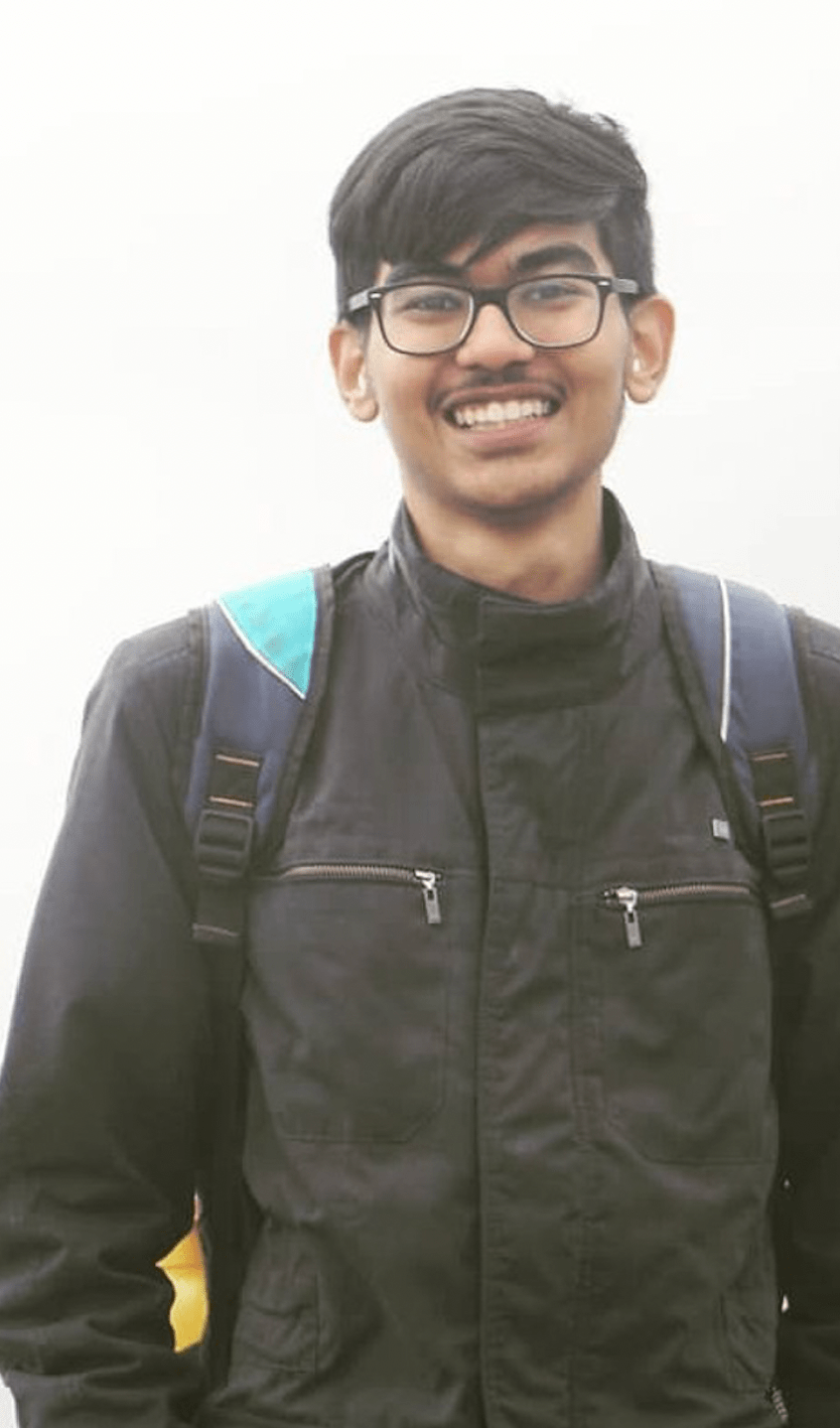Utkarsh Gangwal

Utkarsh Gangwal
A wide range of static (railways network) and dynamical networks (Ecological networks) exhibit critical thresholds or a tipping point. There is growing concern over tipping points as it can lead to abrupt loss of intended functionality and possibly non-recoverable states.This loss of functionality can be observed as networked systems experience failure and damage spread. In this research, we study the response of the systems to simultaneous disruptions using Indian Railways Network and United States Airspace Airport network (real-world networks, and random networks (synthetic networks), as prototype class of systems. For both classes of network, we observe the presence of critical thresholds, at which further perturbation can lead to instantaneous loss of intended functionality which is preceded by warning points. Further, we observe the statistically significant relationships between network robustness an size of simultaneous distribution which generalizes to the networks with disparate topological attributes. We show that our approach can determine entire robustness characteristics of networks of different architecture in the presence of random disturbances and targeted attacks of varying sizes. Our approach and the principle of tipping points can be extended to all real-world systems, and to other disciplines to address critical issues of risk management and resilience.
It was through this research that I learned the efficient use of tools of computer science to solve civil engineering problems. I got to know a lot about network science, its application, and I even learned a programming language from scratch. Speaking of application, we were able to co-relate all our research work with the scenario of the Indian Railways being shut down due to the spread of COVID-19. We were also able to relate and understand the model of the spread of the pandemic, which in itself is a vast dynamical network. Apart from all this, I got hold on my presentation skills and gained patience, which I believe is essential for self-possession. This project also served as a medium to interact with my advisor, to build trust, and to know more about him. The best part of projects like these is that every time you sit and discuss some-thing with your mentor, you have a takeaway message which might prove to be a life-lesson also.